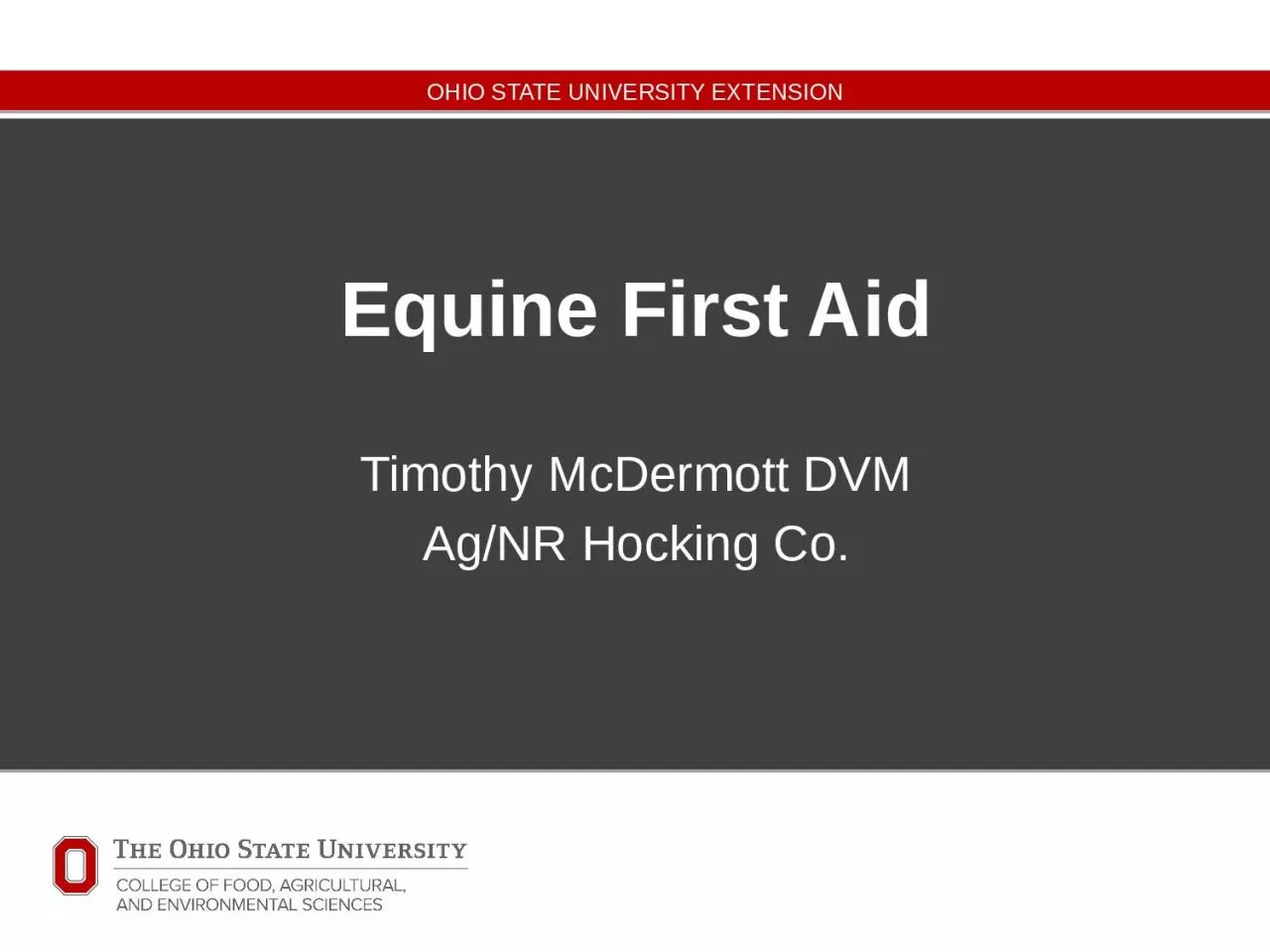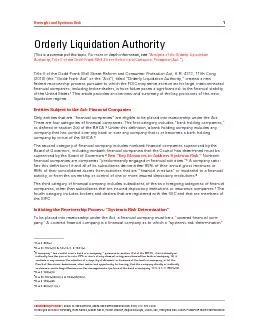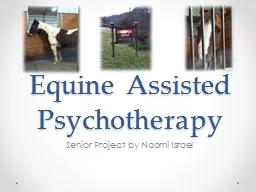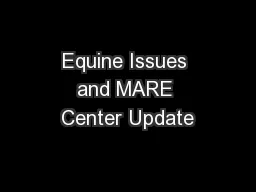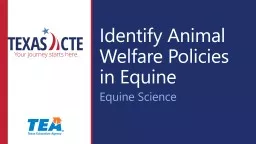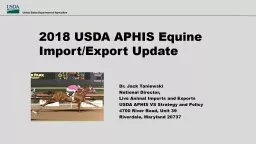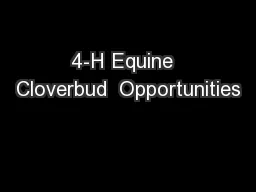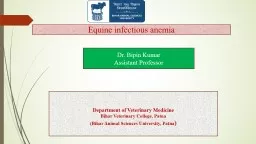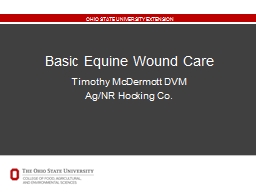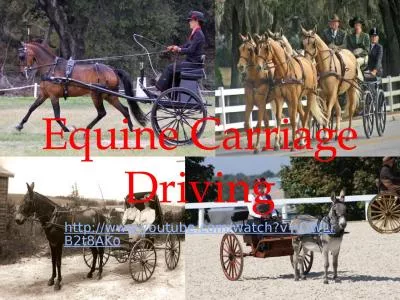PPT-Equine First Aid Timothy McDermott DVM
Author : vivian | Published Date : 2024-02-03
AgNR Hocking Co First things first Do Not Get Injured Any animal can act differently when injured or scared Restraint Other person ideally Veterinarian Contact Information
Presentation Embed Code
Download Presentation
Download Presentation The PPT/PDF document "Equine First Aid Timothy McDermott DVM" is the property of its rightful owner. Permission is granted to download and print the materials on this website for personal, non-commercial use only, and to display it on your personal computer provided you do not modify the materials and that you retain all copyright notices contained in the materials. By downloading content from our website, you accept the terms of this agreement.
Equine First Aid Timothy McDermott DVM: Transcript
Download Rules Of Document
"Equine First Aid Timothy McDermott DVM"The content belongs to its owner. You may download and print it for personal use, without modification, and keep all copyright notices. By downloading, you agree to these terms.
Related Documents

